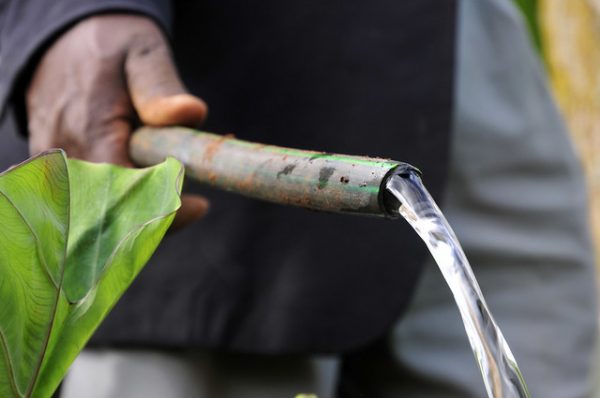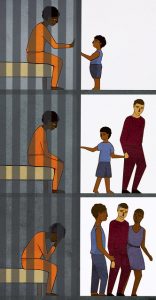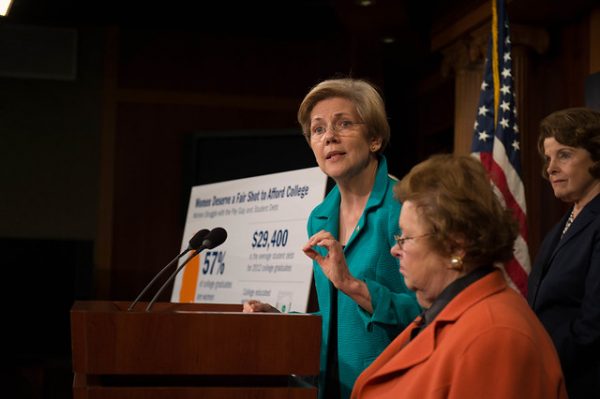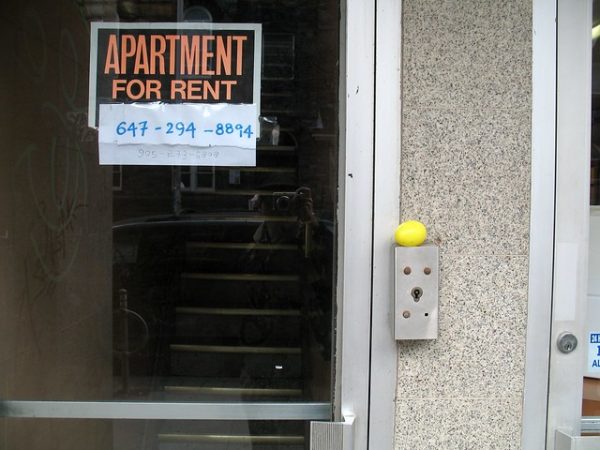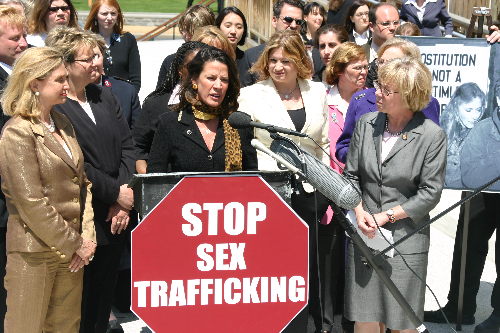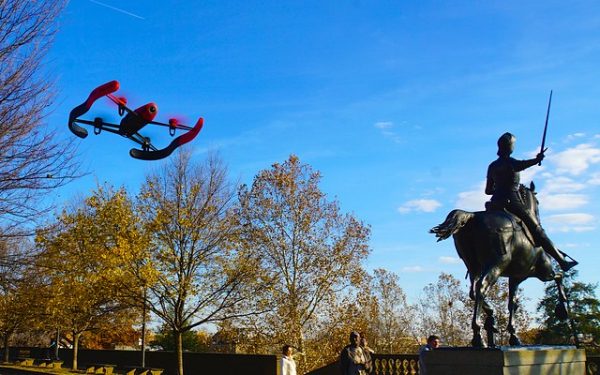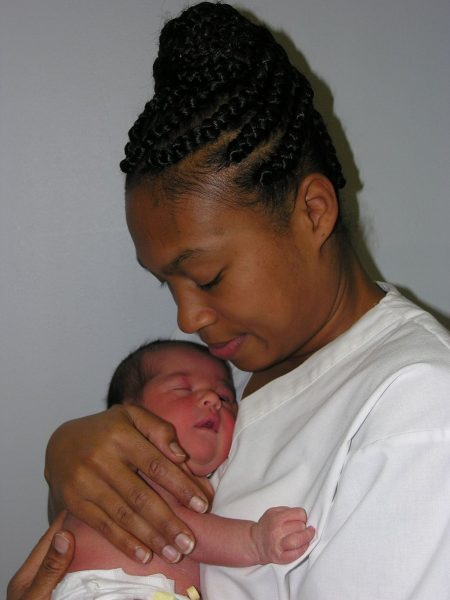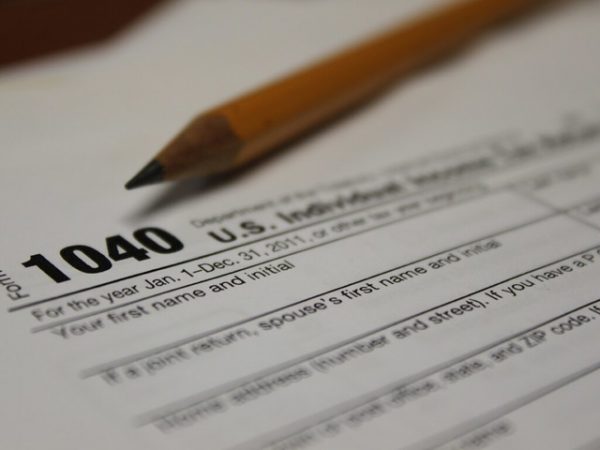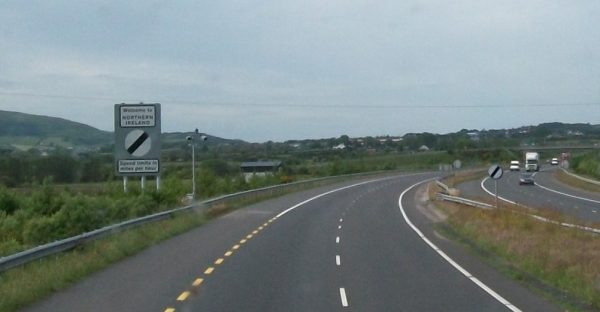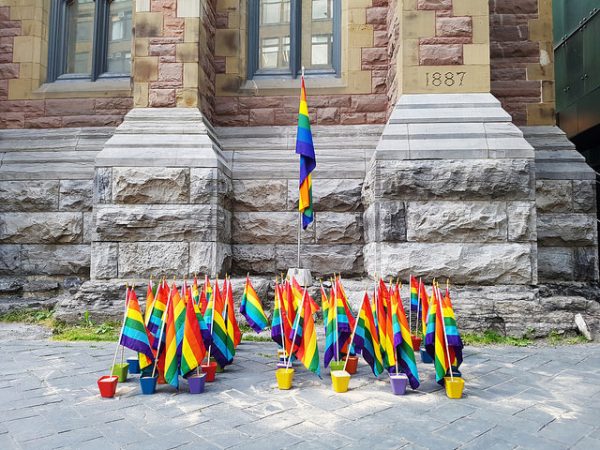
Originally published June 22, 2018.
The 2017 critically-acclaimed documentary Check It depicts the lives of a group gay and transgender youth from Washington D.C., who create a gang to help protect themselves from bullying and violence in their community. Although the film claims that the Check It group is “the only gay gang documented in America, maybe even the world,” evidence suggests that gay gang members may be more common. While research on crime typically portrays gang members as predominantly heterosexual men of color, such visions of gang life have overlooked the experiences of gay gang members. Recent scholarship attempts to incorporate LGBT voices into our understandings of gangs and violence, and move past the often one-sided depictions of LGBT people as victims of hate crimes.
Although researchers have been studying the hate crime victimization of gay men, and to a lesser extent other LGBT identities, they often limit queer experiences as passive or lacking agency. Evidence suggests that various intersections of a LGBT person’s identity including race, class, and gender identity, influence both their likelihood of being victims of hate crimes and their perceptions of the harmful impacts of the victimization experience itself. Scholars also critique hate crime politics and legislation for treating queer violence as individualized and abnormal, rather than highlighting the systematic ways that LGBT people are oppressed and excluded in mainstream society that facilitates this violence.
- Gregory M. Herek. 2009. “Hate Crimes and Stigma-Related Experiences among Sexual Minority Adults in the United States: Prevalence Estimates from a National Probability Sample.” Journal of Interpersonal Violence 24: 54–74.
- Doug Meyer. 2012. “An Intersectional Analysis of Lesbian, Gay, Bisexual, and Transgender (LGBT) People’s Evaluations of Anti-Queer Violence.” Gender & Society 26(6): 849-873.
- Doug Meyer. 2014. “Resisting Hate Crime Discourse: Queer and Intersectional Challenges to Neoliberal Hate Crime Laws.” Critical Criminology 22(1): 113-125.
- Joey L. Mogul, Andrea J. Ritchie, and Kay Whitlock. 2011. Queer Injustice: The Criminalization of LGBT People in the United States. Beacon Press.
We know far less about how LGBTQ individuals participate in gang activity and violence. New investigations into gay gang members challenges heteronormative assumptions about participation in violent crime. This work, spearheaded by sociologist Vanessa R. Panfil, demonstrates how these gay men must reconcile their sexuality in an overtly masculine and homophobic gang culture. Panfil shows that while some of her participants participated in predominantly straight or mixed-sexuality gangs, others were part of queer friendship networks that created their own — and self-defined as — “gangs” in order to protect themselves from discrimination, bullying, and violence in their neighborhoods, much like the friends in Check It.
- Vanessa R. Panfil. 2014. “I Will Fight You Like I’m Straight”: Gay Gang-and Crime-Involved Men’s Participation in Violence.” Pp. 121-145 in Handbook of LGBT Communities, Crime, and Justice. New York: Springer.
- Vanessa R. Panfil. 2018. The Gang’s All Queer: The Lives of Gay Gang Members. New York: New York University Press.
“Queering” criminal behavior breaks down inaccurate understandings of how violence operates. Among gay gang members, it isn’t just about untethered masculinity. LGBT perspectives highlight how binaries such as “victim” and “perpetrator,” and even the very idea of what constitutes a “gang,” are often superfluous, inaccurate, and stigmatizing. Incorporating queer voices into studies of criminal behavior and punishment helps to disentangle how the various intersections of identities shape criminal behavior and criminalization.

